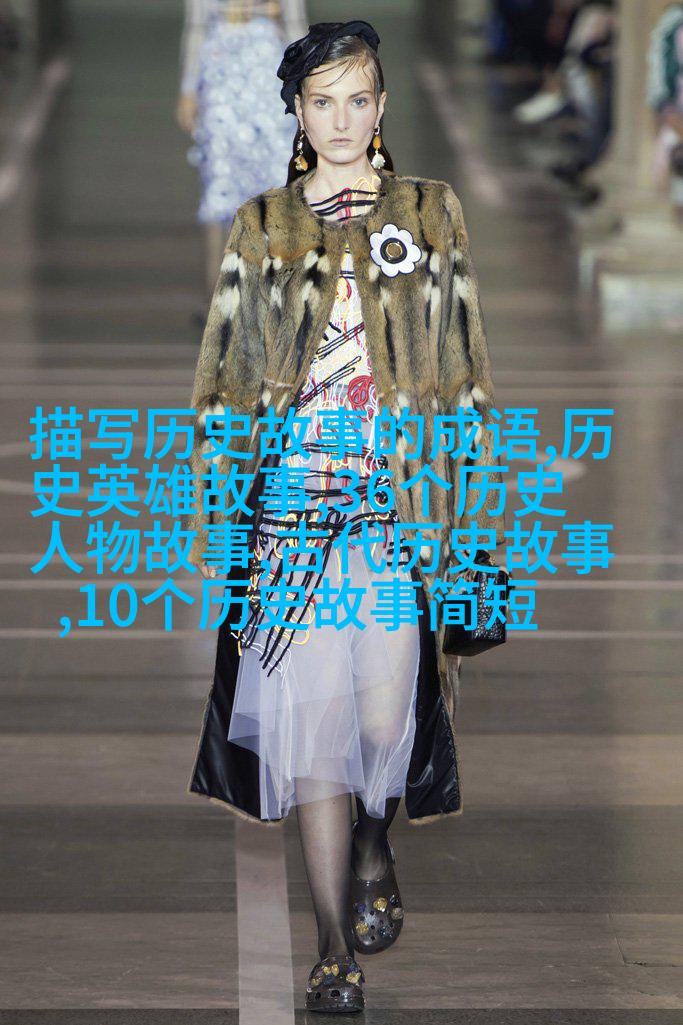
汉字演变史考察从甲骨文到现代楷书的转型及其文化影响
汉字演变史考察:从甲骨文到现代楷书的转型及其文化影响

1. 引言
汉字作为中华民族的重要文化遗产,其历史可以追溯到数千年前。从甲骨文、金文、隶书、草书到楷书,每个阶段都有其独特之处和代表性作品。本篇文章旨在探讨汉字演变过程中的一些关键时期,以及这些变化对中国文化的影响。

2. 汉字的起源与发展
2.1 汉字的起源

关于汉字起源,学术界存在多种说法,但大多认为它最早来源于古代中国各地使用的图形符号。《说文解辞》记载:“象形者,以物为名。”因此,许多研究者认为汉字是由实物来模仿创造出来的一种语言表达方式。这一点也体现在“文字”这一词汇上,它含义广泛,可以指代各种符号系统,但特别强调其与语言表达之间关系密切。
2.2 汉字传播与融合

随着时间推移,汉字不仅在中国内部流行,还被周边国家所接受并进行了本地化改造。在当时,这一过程通常被称为“文字传承”。例如,在日本,由于受到佛教影响,一些原有的日语字符(假名)和借用自中文或其他东亚语言中的字符(假名)共同构成了今日日语中的两个主要字符体系——片仮名和漢数字。这种现象揭示了不同文化间通过文字交流与融合的事实。
3. 主要阶段分析

3.1 古代阶段:甲骨文至金文
甲骨文:距今约公元前1200年左右开始出现,是目前已知最古老的人类文字之一。
金文:后继者,相较于甲骨文而言更加简化,更易于雕刻铭刻。
3.2 中古阶段:隶书至魏晋篆刻艺术成熟期
隶書:由于需要大量空间存储文献记录,因此逐渐变得更简洁。
魏晋篆刻艺术成熟期:
篆書分为小篆、大篆两大类,大篆用于官方文件,小篆则用于私人通信。
这一时期也见证了文学兴盛,如诗歌等艺术形式得以发扬光大,并深受先秦诸子百家思想影响。
3.3 近世及现代阶段:宋元明清以来楷书至现代楷体标准化
宋朝及之后:
文人墨客如苏轼、米芾等,对写作技巧有着深入研究,他们提出了“笔锋生花”的理论,为后世楷书风格奠定基础。
随着出版印刷技术的普及,使得一种统一规范性的写法成为可能,从此形成了一套完整且标准化的手写体——《宋体》或《正宗》,即今天我们所说的“宋体”。
现代标准化:
进入20世纪初,随着教育普及和工艺进步,对手写体要求越来越严格。这时候,“宋体”正式成为学校教学用的基本笔迹,并逐渐成为现代电子屏幕上的显示样式,也就是我们常说的“黑体”。
Hanzi's Historical Records: A Glimpse into the Past (50 words)
Hanzi, as a symbol of Chinese culture and civilization, has gone through numerous transformations from its ancient forms such as oracle bone script to modern calligraphy styles like Kaisho.
In this journey, Hanzi has adapted to various historical contexts, reflecting social change and cultural exchange between different regions and dynasties.
As a tool for communication and expression,
Hanzi has been an integral part of human life in China since its inception.
It serves not only as a means of written language but also holds deep symbolic significance within Chinese society.
From the intricate carvings on ancient turtle shells to the elegant strokes of modern brushwork,
each phase represents a chapter in the rich history of Hanzi.
The evolution of Hanzi is closely tied to that of Chinese literature, philosophy, art,
and even technology – with each innovation contributing to our understanding and appreciation for this timeless script.
This exploration will delve into three main periods:
the early stages from Oracle Bone Script (OBS) to Bronze Inscriptions;
the middle era spanning from Seal Script (Zhuan Shu) to Regular Script (Kai Shu);
and finally, the late period encompassing Song Dynasty innovations up until today's standardized fonts.
Each section will highlight key developments in writing style,
technique advancements in printing technologies,
and their impact on both literary works and societal norms throughout time.
By examining these milestones within Hanzi's history,
we gain valuable insights into how language evolves alongside cultural changes,
ultimately shaping our worldviews and understanding ourselves better through self-reflection on our own heritage.
以上内容摘抄自历史资料,以50个词概述了汉子的演变历程,从石器时代的凿版铭记到纸张时代的大规模流行,再到电脑时代电子屏幕上的应用,我们看到了一个不断变化却又保持核心精髓不变的事物世界。



